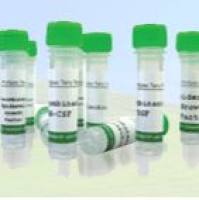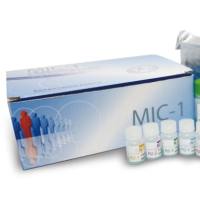Over a century ago, the two French neurologists Charcot and Marie and the English neurologist Tooth described a peripheral neuropathy. They had defined a clinical entity, which is now known as Charcot-Marie-Tooth disease (CMT) or hereditary motor and sensory neuropathy (HMSN ). Neuropathies are diseases of the peripheral nervous system (PNS ). Many of them are disorders with a genetic basis (hereditary motor and sensory neuropathy, HMSN ) but geneticists still use the term Charcot-Marie-Tooth disease (CMT ). CMT has a prevalence of 1:2500 and is divided into several groups on the basis of clinical, electrophysiological and histological criteria. CMT 1 is a disorder with hypertrophic nerves, reduced nerve conduction velocities (NCVs ) and signs of de- and remyelination. Type 2 is characterized by normal NCVs and a decreased number of large myelinated fibers on nerve biopsy, suggesting that the pathology of the axon is the major cause of disease. Type 3 is an autosomal recessive disease and usually a more severe form of CMT 1. CMT 4 is also an autosomal recessive disorder with axonal and demyelinating pathology. CMT-X is a dominant X-linked form of CharcotMarie-Tooth disease, with severely affected males and, in many cases, females showing signs of a peripheral neuropathy.






